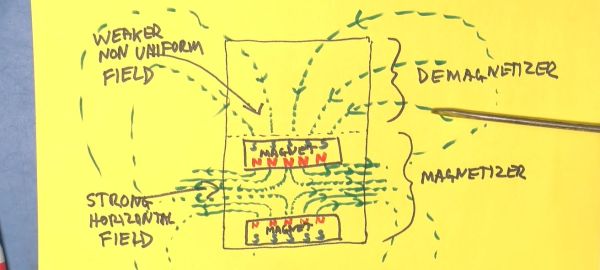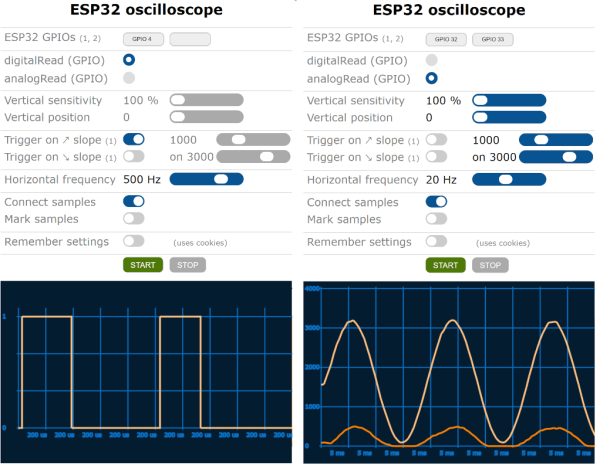No matter what your hack of choice is, most of us harbor a secret fantasy that one day, we will create something world-changing, right? For most of us, that isn’t likely, but it does happen. A recent post from [Rohit Krishnan] points out that a lot of innovation happens in garages by people who are more or less like us.
He points out that Apple, Google, and HP all started in garages. So did Harley Davidson. While it wasn’t technically a garage, the Wright brothers were in a bicycle workshop, which is sort of a garage for bikes. Even Philo Farnsworth started out in a garage. Of course, all of those were a few years ago, too. Is it too late to change the world from your workbench?
Basement
We’d argue basements are at least as important (although in southern Texas, they call garages Lone Star basements since no one has proper basements). The real point of the article, though, isn’t the power of the garage. Rather, it is the common drive and spirit of innovators to do whatever it takes to make their vision a reality. A few hundred bucks and an oddball space has given birth to many innovations.


















